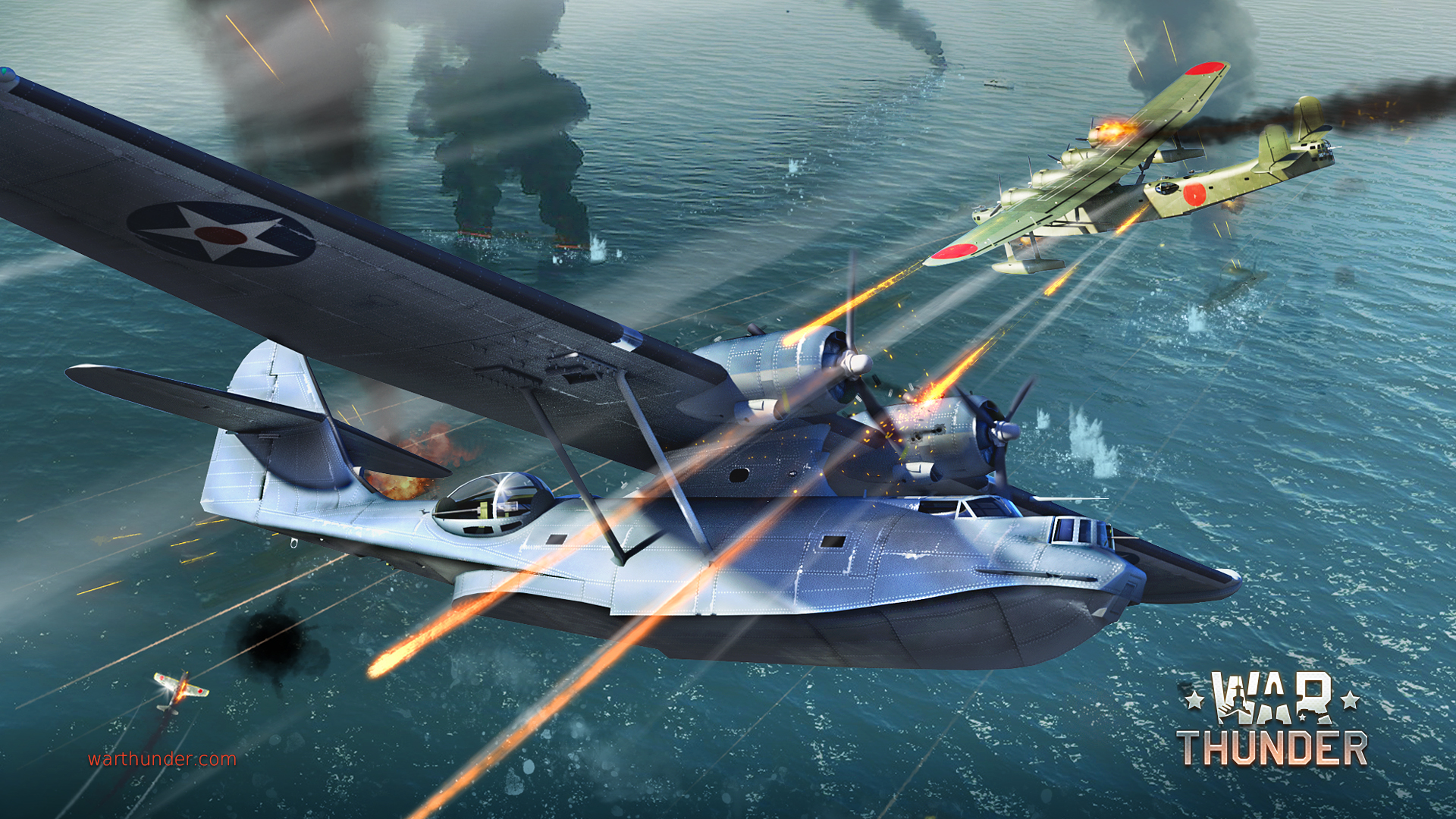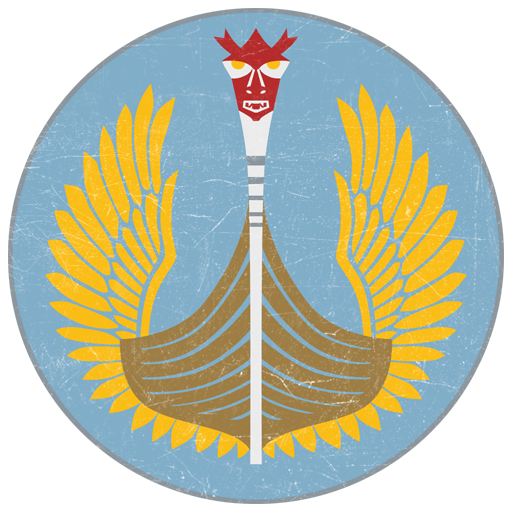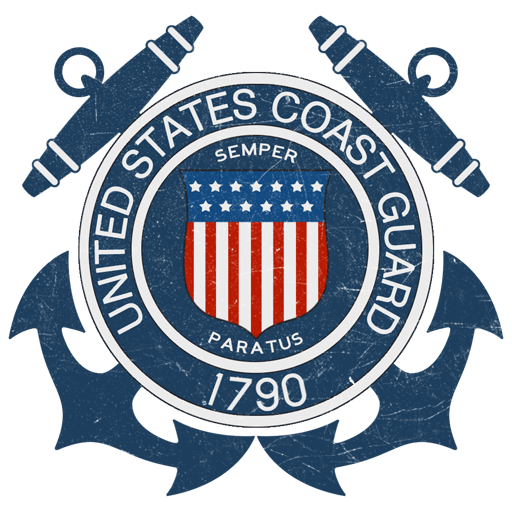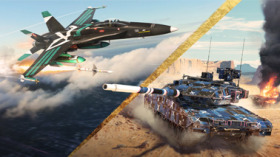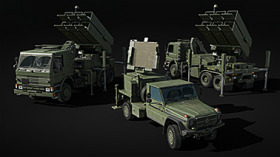
- Для PC
- Для Mac
- Для Linux
- ОС: Windows 10 (64 bit)
- Процессор: Dual-Core 2.2 GHz
- Оперативная память: 4 ГБ
- Видеокарта с поддержкой DirectX версии 11: AMD Radeon 77XX / NVIDIA GeForce GTX 660. Минимальное поддерживаемое разрешение – 720p.
- Сеть: Широкополосное подключение к Интернету
- Место на жестком диске: 22.1 Гб
- ОС: Windows 10/11 (64bit)
- Процессор: Intel Core i5 или Ryzen 5 3600 и выше
- Оперативная память: 16 ГБ
- Видеокарта с поддержкой DirectX 11 и выше: Nvidia GeForce 1060 и выше, Radeon RX 570 и выше
- Сеть: Широкополосное подключение к Интернету
- Место на жестком диске: 62.2 Гб
- Операционная система: Mac OS Big Sur 11.0
- Процессор: Core i5, минимум 2.2GHz (Intel Xeon не поддерживается)
- Оперативная память: 6 Гб
- Видеокарта: Intel Iris Pro 5200 (Mac) или аналогичная видеокарта AMD/Nvidia для Mac (минимальное поддерживаемое разрешение – 720p) с поддержкой Metal
- Место на жестком диске: 22.1 Гб
- Операционная система: Mac OS Big Sur 11.0
- Процессор: Intel Core i7 (Intel Xeon не поддерживается)
- Оперативная память: 8 Гб
- Видеокарта: Radeon Vega II и выше с поддержкой Metal
- Место на жестком диске: 62.2 Гб
- Операционная система: Современные дистрибутивы Linux 64bit
- Процессор: Dual-Core 2.4 ГГц
- Оперативная память: 4 Гб
- Видеокарта: NVIDIA GeForce 660 со свежими проприетарными драйверами (не старее 6 месяцев) / соответствующая серия AMD Radeon со свежими проприетарными драйверами (не старее 6 месяцев, минимальное поддерживаемое разрешение - 720p) с поддержкой Vulkan
- Место на жестком диске: 22.1 Гб
- Операционная система: Ubuntu 20.04 64bit
- Процессор: Intel Core i7
- Оперативная память: 16 Гб
- Видеокарта: NVIDIA GeForce 1060 со свежими проприетарными драйверами (не старее 6 месяцев) / Radeon RX 570 со свежими проприетарными драйверами (не старее 6 месяцев) с поддержкой Vulkan
- Место на жестком диске: 62.2 Гб
From 14:30 GMT on July 20th to 14:30 GMT on July 22th, 2015
We present you a special "Floats!" event in War Thunder! It features American, Japanese and German floatplanes and flying boats contending for control of special points located on the water surface. Capture and hold them by alighting on the water near aircraft-carriers. Take part in the fierce sea battle!
You can find the Event 'Floats' in the 'Events & Tournaments' tab!
As the name suggests, Flying Boats take a boat’s hull and attach wings and empennage to it, opposed to Float Planes which add strut mounted pontoons (aka “floats”) - both types categorized as Seaplanes. With 3/4 of the earth covered in rivers, lakes, and oceans useable by seaplanes, it was an obvious “runway” where few land areas were suitable for flying machines without major expense to prepare. While some experimental flying boats existed even before the Wright Brothers first flight, it was not until the early 1910’s that practical flying boats came into being, the term coined by the rival of the Wrights, Glenn Curtiss.
New engines powerful enough to lift the bulky hulls of flying boats accelerated development, and so did seaplane competitions. Spacious hulls not encumbered by draggy landing gear and its heavy support structure allowed more space for fuel giving Flying Boats longer ranges than most land based aircraft. Coupled with plentiful “runways”, it made them the darling of both military and commercial enterprises.
While the interwar years saw an explosion of commercial models, by far the most successful was the Dornier Do-J Wal (Whale), but the military was not far behind with both conversions and custom designs. The gigantic and supremely luxurious 12-engined Do-X (Airbus 380 of its time) shattered aircraft size records and stimulated ever larger flying boats worldwide, heralding the wondrous and rich “Age of the Flying Boat”.
In war, Flying Boats became pivotal in the Pacific, where long range reconnaissance was critical for control of the seas, but also played a vital role in Europe for both sides not just over open water, but inland rivers and lakes, too, where logistical needs was too urgent to wait for a new land base. Logistics also drove bigger boat designs cumulating in the Blohm & Voss Bv-238, Martin Mars, and the famous Hughes H-4 Hercules "Spruce Goose" flying boat, still the record holder for longest wingspan even 70 years later.
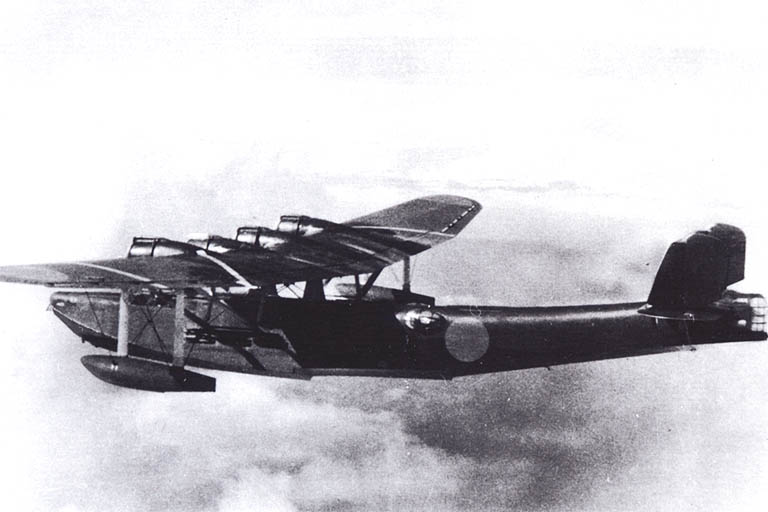 |
| Kawanishi H6K in flight. Note bomb rack with bombs on wing-brace. |
Kawanishi H6K
Japan’s first indigenously designed large and long range flying boat, the “Mavis” (Allied code name) was a solid craft with an astounding 6500 km (4000 mi) range! While somewhat obsolete by 1941, it was still an important aircraft for the Japanese military to track Allied movements and on occasion make nuisance bombing raids at distant Allied positions like Australia. Although mainly armed with 5 count Type 92 (Lewis copy) 7.7mm (.30”) machine guns, it did have a 20mm Type 99 Mark 1 tail gun (a near copy of the Oerlikon FF, common origin as German MG-FF). A notable known event was when a single Mavis successfully fought off attacks by one, maybe two, B-17’s that found it south of Guadalcanal.
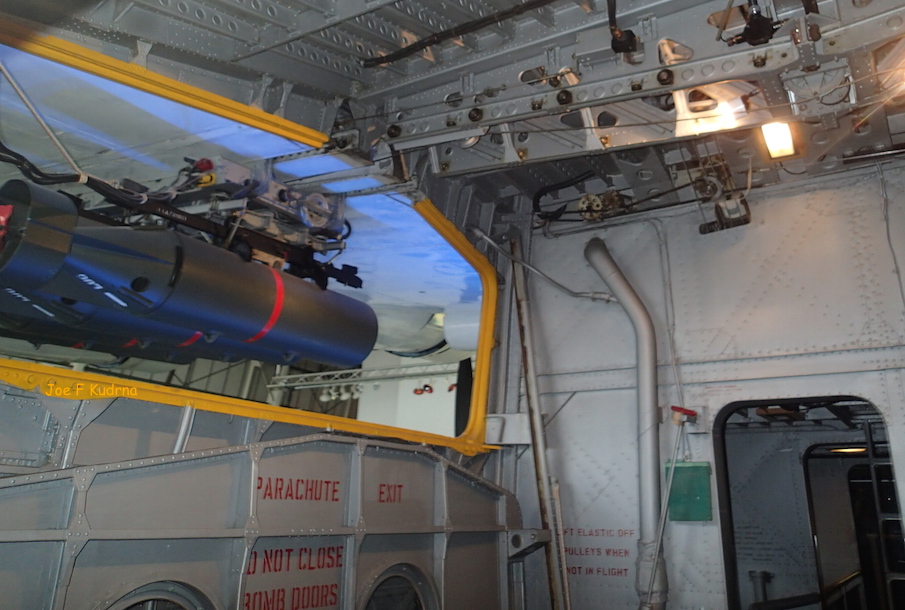 |
| Sunderland's bomb rack deployed under wing, view from magazine inside aircraft. |
Short Sunderland
A militarized version of the famed “Empire” flying boat, flagship of Imperial Airways, the Sunderland is a legend amongst flying boats both in war and peace. Of note were the two reloadable bomb racks on rails that rolled out the fuselage under the wing. Later improved depth charges and addition of early surface radar cleared vast areas of U-boat’s. Equipped with nose, tail, waist, and later a dorsal turrets, up to 16 count Browning .303 (7.62mm) MG’s, it gained the nickname “the flying porcupine”, a well earned nickname when a single Sunderland shot down no less than 6 out of 8 Ju-88C heavy fighters that attacked it!
PBY Catalina
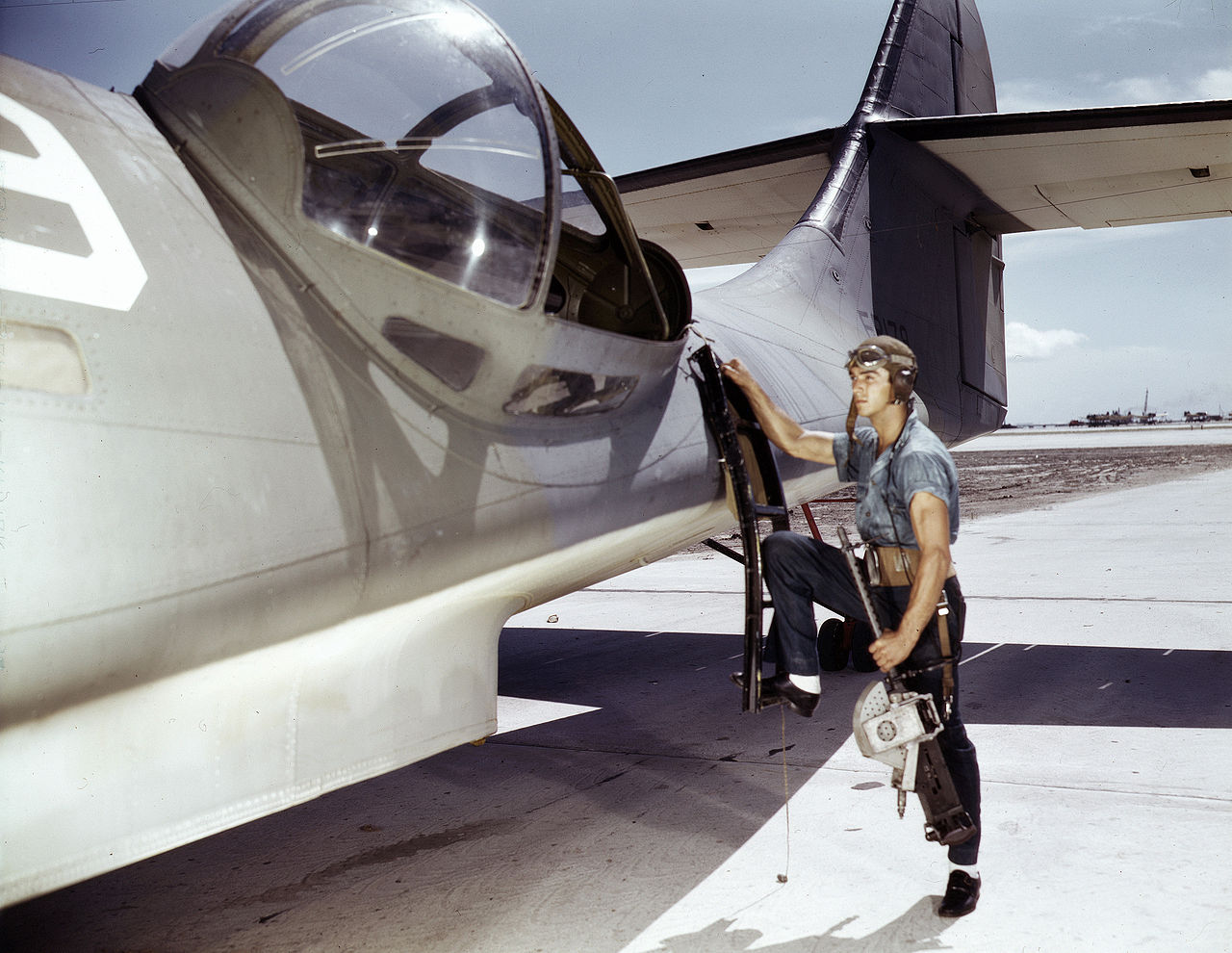 |
| PBY waist gunner mounting port side gun blister. |
It was not the best performing flying boat during the war, but it became the most recognizable and legendary one of all. The PBY was a triumph of simple yet functional design with exceedling long range thanks in part to unique retracting tip floats. The huge waist blisters provided easy scanning for enemy activity; significant contributions were spotting the KMS Bismarck, the Japanese fleet approaching Midway and another trying to surprise the Indian fleet. Besides patrols they did long range night time harassment bombing of Japanese bases and SAR (search and rescue), the latter’s most famous was the rescue of 56 survivors of USS Indianapolis, acting as a lifeboat until a ship could pick them all up, as there were too many to fly out. In military use decades after the war its economical design was profitable for commercial ventures as well and is one of the most numerous flying WW2 aircraft today.
Author: Joe “Pony51” Kudrna
In one of the following Updates, we will include the Emblem Viking Longship of 333 Sqn. RAF and the Emblem of United States Coast Guard to War Thunder:
Decals created by Colin 'Fenris' Muir and Jej 'CharlieFoxtrot' Ortiz
